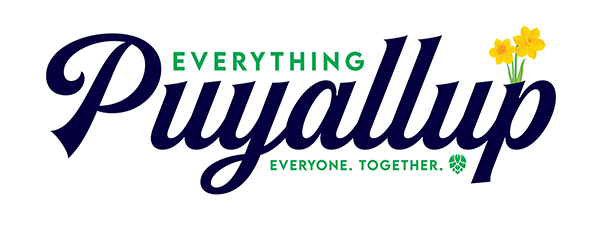Native plants play an important role in landscaping, offering many benefits for your garden, local wildlife, and the environment. Choosing native plants for your outdoor space is a smart way to create a beautiful, healthy, and low-maintenance landscape that fits naturally with the local ecosystem.
What Are Native Plants?
Native plants are species that naturally grow in a particular region without human help. They have adapted over time to the soil, weather, and wildlife of the area. Because of this, they are well-suited to thrive in local conditions with less effort than non-native plants.
Why Use Native Plants in Landscaping?
1. Low Maintenance and Cost-Effective
Native plants are used to the local climate and soil, so they need less watering, fertilizers, and pesticides. This means less time and money spent on garden care. Unlike non-native turf grasses that require frequent mowing and watering, native plants often grow well on their own once established.
2. Support Local Wildlife
Native plants provide food and shelter for native birds, butterflies, bees, and other pollinators. They produce nectar, seeds, and fruits that local wildlife depend on for survival. By planting native species, you help create a balanced ecosystem in your own yard, encouraging biodiversity and healthy habitats.
3. Protect the Environment
Because native plants require less water and fewer chemicals, they help conserve natural resources and reduce pollution. They also help prevent soil erosion with their deep root systems and improve soil health. Many native trees and plants capture carbon dioxide, helping to fight climate change.
4. Beautify Your Landscape Naturally
Native plants offer a variety of colors, shapes, and textures throughout the year. They can brighten your garden with flowers, colorful leaves, and interesting seed pods. Their natural look blends well with the surroundings and changes beautifully with the seasons.
5. Reduce Invasive Species Problems
Non-native plants can sometimes spread aggressively and harm local ecosystems. Native plants are less likely to become invasive, helping to protect the balance of your local environment.
How to Incorporate Native Plants in Your Landscape
-
Start Small: Replace part of your lawn with native plants to save water and reduce mowing.
-
Mix Varieties: Use a mix of native flowers, shrubs, and trees to create a diverse habitat.
-
Group by Needs: Plant species with similar water and sunlight needs together for easier care.
-
Consult Experts: Work with landscape professionals who know local native plants and how to use them effectively.
Why Choose True Design Landscape?
If you want a beautiful, eco-friendly yard that supports local nature, True Design Landscape can help. They specialize in creating landscapes that use native plants to save water, reduce maintenance, and attract wildlife. Their team understands how to design outdoor spaces that are both stunning and sustainable.
Visit True Design Landscape’s website at truedesignlandscape.com to learn more about their services and see examples of their work.
Contact True Design Landscape
-
Phone: (253)-532-5128
-
Website: truedesignlandscape.com
Reach out today to start transforming your yard with native plants and enjoy a healthier, more vibrant outdoor space.
Using native plants in your landscaping is a simple way to make your garden more beautiful, easier to care for, and better for the environment. With their natural ability to thrive locally, native plants create a welcoming home for wildlife and help protect our planet’s resources. Let True Design Landscape guide you in making your outdoor space a flourishing, sustainable place to enjoy for years to come!
Sources: truedesignlandscape.com, defenders.org
Header Image Source: Annette Meredith on Unsplash

